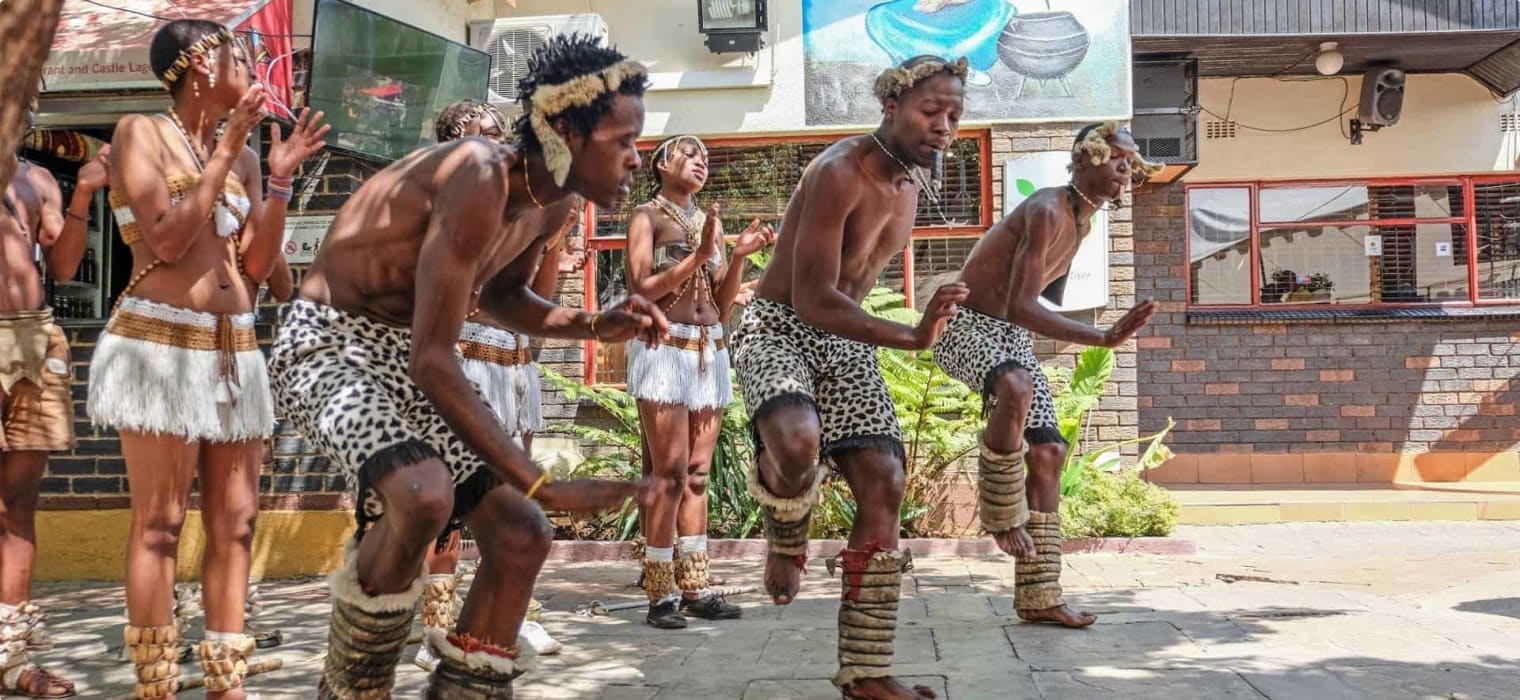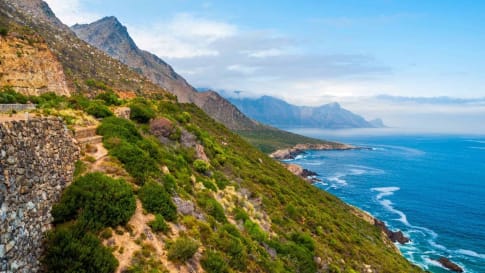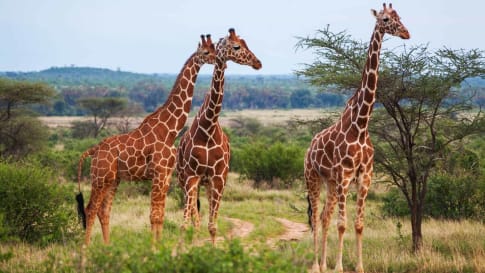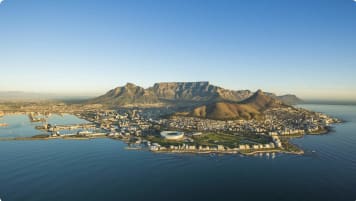Soweto for the senior traveler
Soweto a must see for visitors interested in the history of South Africa. An Odyssey Traveller small group package vacation, escorted tour visits Soweto with a local guide who can share the stories of this historic place for mature and senior travellers couples and solo travellers.
27 Jun 20 · 4 mins read

Soweto, Gauteng Province, South Africa
Soweto is an urban settlement or ‘township’ in South Africa, southwest of Johannesburg, with a population of approximately 1.3 million
Soweto was created in the 1930s when the minority white government started moving black South Africans out of Johannesburgand separating them from the white citizens. They were moved to an area, usually separated from white suburbs by what was effectively a cordon sanitaire or sanitary corridor. This was sometimes a railway track, a river, an industrial area or a highway. This was done under the Urban Areas Act of 1923. Soweto stands for South West Township – not even a real name, but an acronym.
Although Soweto became the largest Black city in South Africa, until 1976 its population had status only as temporary residents, serving as a workforce for Johannesburg and ‘welcome for as long as they served the wants of the white South Africans’. There were periods of civil unrest during the Apartheid regime because of the appalling conditions in Soweto. The Soweto Riots were sparked by a ruling that Afrikaans was to be used in African schools. What started as a peaceful demonstration of school children marching to present their petition against this law to the Government turned into a tragedy when Police fired on the students, killing 176 and injuring more than 1,000. These riots and their suppression came to the attention of the world when a photograph by Sam Nzima of the mortally wounded 13 year old Hector Pieterson being carried by Mbuyisa Makhubo, another Soweto resident, while his sister ran next to them, was smuggled out of the country and published. Reforms followed, but riots flared up again in 1985 and continued until the first multiracial elections were held in April 1994.
Visiting Soweto
Odyssey Traveller includes a visit to Soweto as part of its South Africa small group tour program for mature and senior travellers couples and single travellers.
Soweto Today
In 1990, just a day after his release from 27 years in prison, Nelson Mandela addressed tens of thousands at Soweto’s Soccer Cityor Calabash Stadium saying “Our people need proper housing, not ghettos like Soweto.” Today, 20 years after the end of the apartheid system, Soweto has become a microcosm of the prosperity, poverty and everything in between experienced by the black population of South Africa. Across the railway tracks, can be seen the tiny houses with corrugated zinc sheet roofing, haze from the fuel stoves and lots people wearing very colourful clothing. However, there are butcher shops which turn into bars at night, there is music and noise. There are tiny stores selling the necessities to the community from a front room. There is incredible vibrancy. Tourists can visit the black townships of Soweto, but abuse can happen and they can be told ‘our poverty is not a tourist destination’. Discretion is required.
Public housing is being constructed to improve the lives of the people, but as soon as a family group moves into the better houses, they sell or gift their Soweto house to others migrating to South Africa from countries to the north.
In 2010, South Africa’s oldest township hosted the FIFA Soccer World Cup final and the attention of more than a billion soccer spectators from all over the world was focused on Soweto.
What is there to do and see in Soweto?
A visit to Kliptown is a must see for visitors interested in the history of South Africa. An Odyssey Traveller small group, escorted tour visits Soweto with a local guide who can share the stories of this historic place.
On 26 June 1955, the Congress of the People, a gathering organised by the National Action Council, a multi-racial organisation which later became known as the Congress Alliance, met in in Kliptown to lay out the vision of the South African people. This was The Freedom Charter (the basis for South Africa’s Bill of Rights and later Constitution). Its principles are carved on marble tables in a memorial in the centre of the square. On one side of the square is the Constitutional Court, built in 2004 and this is the supreme constitutional court in South Africa. It has jurisdiction to hear any matter if it is in the interests of justice for it to do so.
The Nelson Mandela National Museum, commonly referred to as Mandela House, is the house on Vilakazi Street, Orlando West, Soweto, where Nelson Mandela lived from 1946 to 1962. It is located at number 8115, at the corner of Vilakazi and Ngakane streets, a short distance up the road from Tutu House, the home of Archbishop Emeritus Desmond Tutu. Mandela donated the house to the Soweto Heritage Trust (of which he was the founder) on 1 September 1997, to be run as a museum. It was declared a National Heritage Site in 1999.
Vilakazi Street is probably the only street in the world to produce two Nobel Prize winners. It is also the street that sparked the Soweto Uprising. It also has many interesting restaurants and cafes, coffee shops, street stalls and buskers.
A truly moving site is the Hector Pieterson Memorial which reminds us of the tragic shooting of 13 year old Hector Pieterson who, with other school students was peacefully protesting the enforcement of teaching in Afrikaans. The famous photograph is displayed at the moving memorial which is close to the church where Desmond Tutu preached. The anniversary of this event, 16 June, is designated Youth Day, when South Africans honour young people and bring attention to their needs. There is a fascinating museum nearby which details the story of the Soweto Uprising.
The Orlando Towers dominate the skyline of Soweto with their familiar shape and colourful murals. They were the cooling towers of a coal-fired power station. Today they are the site of quite extreme sports – the world’s first bungee jump between two cooling towers, abseiling and SCAD or suspended catch air device falling. In 2018, there was a good coffee shop, toilets and a very interesting sign.
Related Tours

19 days
AugSouthern Africa Tour | Fully Escorted Africa Tour for Seniors
Visiting Botswana, South Africa
Experience as a small group tour for couples and solo travellers, the beautiful landscapes of the Garden route and the unique wildlife at places such as Kruger National Park, Cape Town, Victoria Falls and Chobe Game Reserve. During the program participants will have the opportunity to learn about the culture, the politics and the social issues facing South African people in Soweto and more. How the natural resource managers are caring for their wildlife reserves in the face of land enclosure, climate change and poaching.
From A$12,095 AUD
View TourArticles

A history of South Africa for senior travellers
Escorted small group tour of South Africa provides a platform for the senior traveller interested in continuing to learn, whether as a couple or solo traveller about this fascinating country full of history and incredible people and amazing wildlife and stunning scenery. This article provides the background information for senior and mature travellers to begin their small group tour to South Africa.

Exploring Southern Africa: The Definitive Guide for Travellers
Exploring Southern Africa Southern Africa, a subregion of the African continent, is composed of Angola, Botswana, Lesotho, Malawi, Mozambique, Namibia, South Africa, Swaziland, Zambia, and Zimbabwe. (The United Nations geographic region of Southern Africa, on…

Small group tour of a game reserve.
A small group escorted tour of Southern Africa will send visitors away from a safari with wonderful photographs and amazing experiences of wildlife, birds and truly magnificent scenery as the backdrop for stories on any of the South Africa modern "5" to see on a small group journey into the wildlife reserve.


